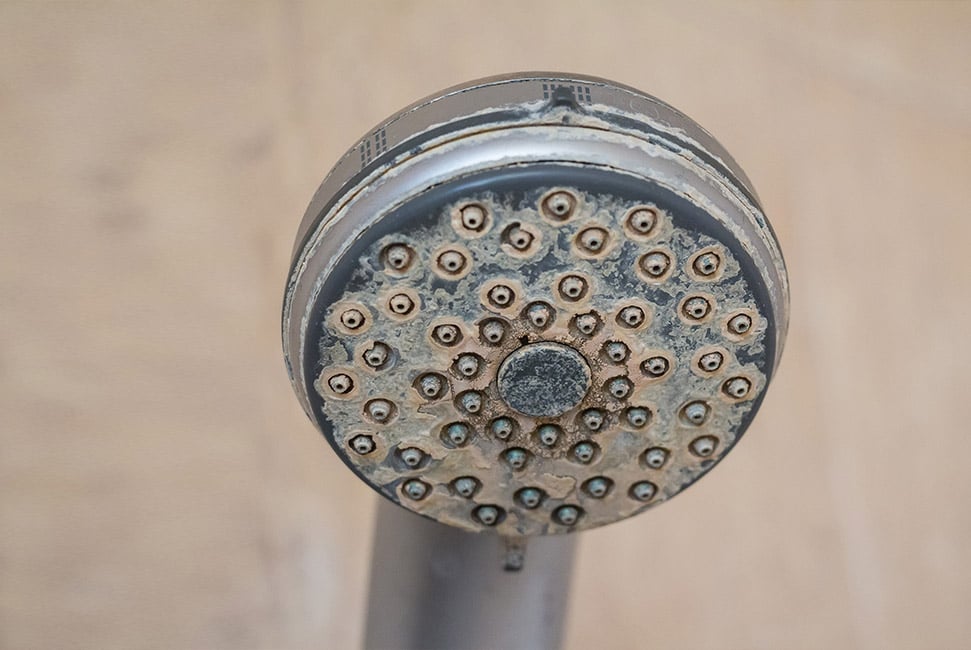Water softeners primarily remove the minerals calcium and magnesium from your water. These minerals are harmless to your health, but they contribute to the buildup of solid deposits of calcium carbonate on things like pipes and appliances. The buildup also called scaling, clogs pipes, lowers the efficiency of appliances and raises the cost of utility bills. Hard water causes other problems like water that tastes bad or smells odd, rust spots on your toilet or laundry, and soap scum left behind on your dishes or worse yet, on your body.
How does hard water happen?
Simple. The water flowing into your home is picking up other particles from all over the place. If you live in an area with a lot of limestone, the water can pick up calcium and magnesium deposits from the ground. Check out the map on this page from the United States Geological Survey’s (USGS) Water Science School. It shows you in which parts of the country hard water is most common.
Will you get sick from drinking hard water?
No. Hard water is safe to drink, but because of the issues that result from scaling, many homeowners choose to soften their water. When you soften water, you get rid of the calcium and magnesium in your water and replace it with sodium ions.
If you're worried about too much salt in your diet, know that the amount of sodium added to softened water is small, although it does vary based on how hard your water is. Softened water is sometimes not recommended for use with baby formula. If you have any health concerns, be sure to talk to your doctor. If you want the benefit of soft water for your appliances, but prefer not to drink it, you can investigate options such as using bottled or filtered water for cooking and drinking or disconnecting the cold-water system from your softener.

How does the water softening process work?
There are two parts to a water softener:
- The brine tank, where salt is stored and mixed with water to form a brine solution.
- The resin tank, where salt is exchanged for the excess calcium and magnesium in your water.
The resin tank is lined with small beads that carry a negative charge. The resin tank is flushed with a brine solution from the brine tank and the sodium ions, which are positively charged, stick to the beads in the resin tank. Then, it's time for the hard water to come flowing into the resin tank. Calcium and magnesium ions also carry a positive charge, and it's a stronger charge than that of the sodium ions. When the hard water flows through, the calcium and magnesium ions attach themselves onto the beads shoving the sodium ion off the bead and into the water. After a while, there is no more sodium in the resin tank to soften the water – all the beads are chock full of calcium and magnesium – and it's time for the system to regenerate itself.
You can also use a reverse osmosis system as an alternative to drinking soft water. We also offer reverse osmosis systems as part of our residential products.
Want to learn more about the water softening process and how it might benefit your home or office? Talk to the pros at Advantage Water Conditioning today.





